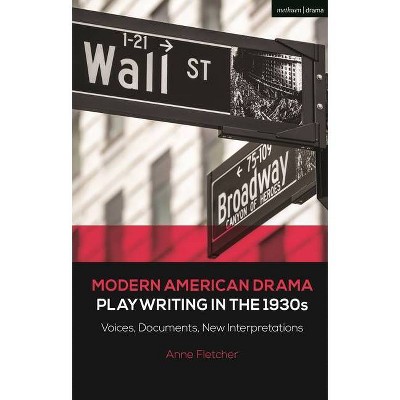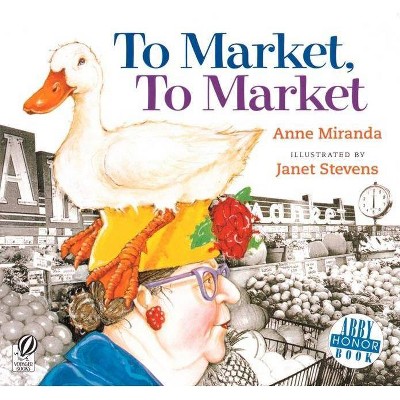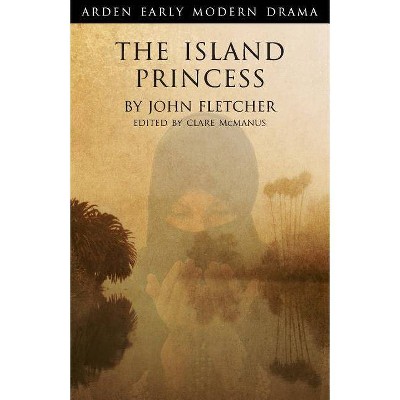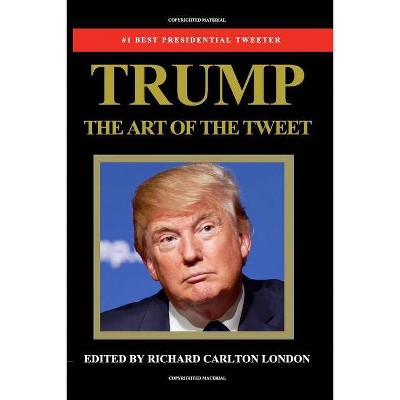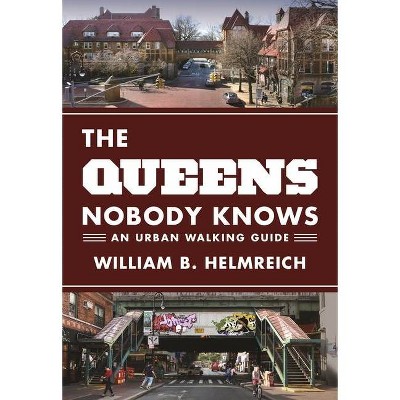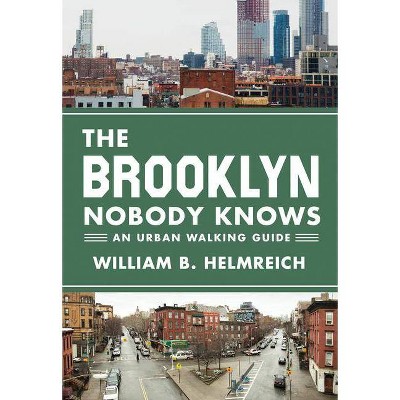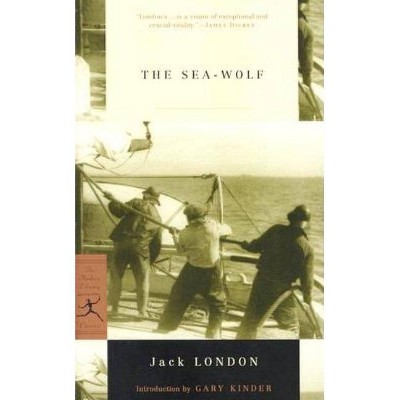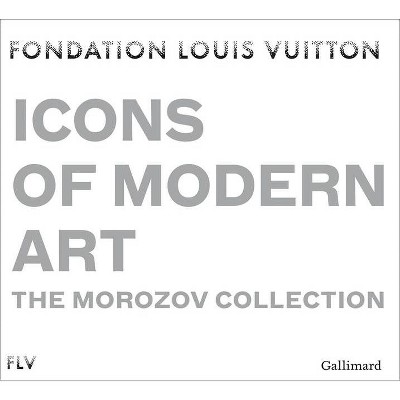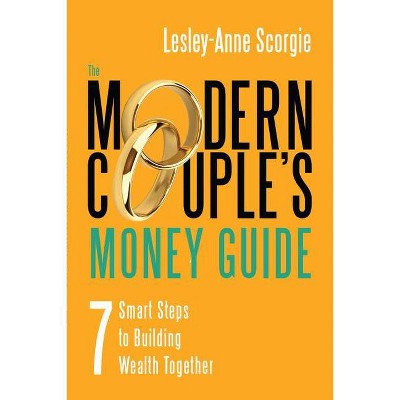The Rise of the Modern Art Market in London - by Pamela Fletcher & Anne Helmreich (Paperback)
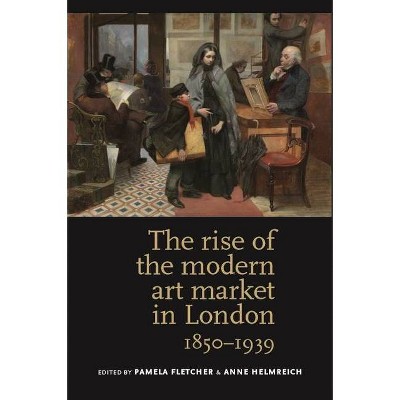
Similar Products
Products of same category from the store
AllProduct info
<p/><br></br><p><b> About the Book </b></p></br></br>The first study of how the art market developed in London and made the city the capital of the international trade in art.<p/><br></br><p><b> Book Synopsis </b></p></br></br>Now available in paperback for the first time, this study of the modern London art market establishes the central importance of London for the development of the modern retail market in fine art. Leading experts track the emergence and development of the structures and practices that have come to characterize the commercial art system, including the commercial art gallery, the professional dealer, the exhibition cycle and its accompanying rhetoric of press coverage and publicity, and an international network for the circulation of goods. This new commercial system involved a massive transformation of the experience of viewing art; of the relationships between artists, dealers, collectors, art objects and audiences; and of the very criteria of aesthetic value itself. Its history is thus a vital part of the history of modern art, and this anthology will be of interest to art historians as well as scholars of Victorian Studies, Museum Studies, and Social History.<p/><br></br><p><b> From the Back Cover </b></p></br></br>Now available in an affordable paperback edition, this investigation of the modern London art market establishes the central importance of London for the development of the modern retail market in fine art. Leading experts track the emergence and development of the structures and practices that have come to characterize the commercial art system, including the commercial art gallery, the professional dealer, the exhibition cycle and its accompanying rhetoric of press coverage and publicity, and an international network for the circulation of goods. This new commercial system involved a massive transformation of the experience of viewing art; of the relationships between artists, dealers, collectors, art objects and audiences; and of the very criteria of aesthetic value itself. Its history is thus a vital part of the history of modern art, and this anthology will be of interest to art historians as well as scholars of Victorian Studies, Museum Studies, and Social History.<p/><br></br><p><b> Review Quotes </b></p></br></br><br><br>Andrew Stephenson contributes a gem of an essay, discussing the impact of social changes in the interwar period, the move of the prosperous middle classes into flats rather than houses, the rising demands of the newly independent single woman, and the way in which the art trade reacted to these<br>demands.<p></p><br>This is an important book, distinguished both by its detailed scholarship and by the breadth of its contextual understanding.<p></p><br>Fletcher and Helmreich have opened many doors here, and one may hope that the art trade will join the currently favourite subject of Empire as a theme for fruitful academic research.<p></p><br><br><p/><br></br><p><b> About the Author </b></p></br></br><br>Pamela Fletcher is Associate Professor of Art History at Bowdoin College <p/>Anne Helmreich is Senior Program Officer at the Getty Foundation<br>
Price History
Price Archive shows prices from various stores, lets you see history and find the cheapest. There is no actual sale on the website. For all support, inquiry and suggestion messagescommunication@pricearchive.us
